
Looking for some cheeky Magic: The Gathering deals for last-minute Christmas gifts? You’re in luck. I’ve got you covered with a cheap preorder on the upcoming Universes Beyond: Teenage Mutant Ninja Turtles Play Booster Box, alongside more Booster Box and Commander Deck deals picked up by our deals team. How about 33% off the Apple iPad Air (Wi-Fi) rocking an M3 chip? Yes please. We’ve even tracked down a great deal on an Nvidia RTX 5070 12GB GPU for under $490, right in the middle of a DRAM shortage (you’re welcome).
TL;DR: Deals for Today
You’re going to need a proper gaming monitor to make the most of that much horsepower, so why not save 48% on a 49-inch Samsung Odyssey G9 ultrawide? Or go portable instead with an RTX 5070 Ti-powered Acer Predator Helios Neo for under $1,500. The choice is yours. Let’s get into it.
MTG Deals
Edge of Eternities only released in August, but it’s already available in a great bundle deal that’s ready-made for multiplayer Commander nights. The same goes for the Lorwyn Eclipsed Commander Deck Bundle. One of the standout deals right now is the Commander Masters Play Booster Box, which is currently over $100 cheaper than market value. That said, the Teenage Mutant Ninja Turtles Play Booster Box is also under market value on Amazon at $159.99, making it a solid pickup for fans of Universes Beyond.
Apple iPad Air (M3) Wi-Fi
That M3 chip I mentioned earlier is around 20% faster than the previous M2, and it’s packed into an iPad Air that only released in March this year, now sitting at $200 off its usual price. For the record, this actually beats the Black Friday discount for this model. It’s also compatible with Apple Pencil Pro and USB-C models, as well as the Magic Keyboard. All in, this is one of the cheapest ways to jump into the iPad ecosystem right now.
MSI SHADOW GeForce RTX 5070 12GB GDDR7 PCI Express 5.0 Graphics Card 3X OC
1440p gaming is the RTX 5070’s sweet spot, especially with MSI’s triple-fan SHADOW cooler. You can push into 4K at lower frame rates with the help of DLSS 4 and Nvidia’s Blackwell architecture. DLSS 4 currently offers the best image upscaling on the market, alongside AI frame generation to smooth things out at higher resolutions. All told, this is a great price on a very capable 1440p-and-beyond GPU.
LEGO Ideas Willy Wonka & The Chocolate Factory
Are you a big fan of Roald Dahl? The LEGO Ideas Willy Wonka & the Chocolate Factory set is on sale just in time for Christmas at Target. 20% off is a strong deal for a set with 2,025 pieces and nine minifigures. Fair warning, though: this is an 18+ build, so it might be a bit challenging for younger builders.
49″ Samsung Odyssey G9 (G91SD) Gaming Monitor
Saving $620 on one of the most feature-packed ultrawide 1440p gaming monitors pretty much sells itself. It’s sold by an authorised Samsung reseller, so you’ll still get the official one-year warranty. You’re looking at a 144Hz refresh rate and a 0.03ms response time, meaning you can push close to 140fps at 1440p with no noticeable input delay from controller, keyboard, or mouse.
Acer Predator Helios Neo 16″ OLED Intel Core Ultra 9 275HX RTX 5070 Ti Gaming Laptop
I’ll kick things off here by pointing out that this is $50 cheaper than its Black Friday price. The 16-inch OLED display is paired with an RTX 5070 Ti, which is more than capable of high-frame-rate 1440p gaming, with some light 4K gaming possible thanks to DLSS 4. While the panel tops out at 2.5K resolution, it boasts a massive 240Hz refresh rate, a 0.02ms response time, and all the inky blacks and vibrant colours you’d expect from OLED. This is a cracking mid-range gaming laptop deal, and if you’re in the market for one, it’s easy to recommend.
Sony WH-1000XM5 + Free WF-C700N Earbuds
Although they’re a generation behind the Sony WH-1000XM6, the M5s still have amazing noise cancellation in a best-in-class all-around headphone solution. The WF-C700N wireless earbuds are in-ear, also feature top noise cancellation, and are IPX4 water-resistant for something low-profile while working out. This deal is a no-brainer if you’re in the market for some new personal audio equipment.
iBuypower Element SE AMD Ryzen 7 8700F RTX 5060 Ti Gaming PC (32GB/1TB)
This bad boy is well specced out to play anything in 1080p, with DLSS 4 and NVIDIA’s latest AI frame generation technology to push extra frames when you need it. You’re also getting the latest 32GB of DDR5 RAM standard, which is set to skyrocket in 2026 as our AI overlords snap up stock for data centers, and even 1TB worth of SSD storage. You’re getting a budget price tag with great performance and specifications. It’s perfect for esports and solid 1080p gaming.
Baseus Blade 20,000mAh 100W Slim Power Bank
Once you’ve popped in the discount code “CAXWUTQ9,” this portable charger drops to $39.99, even for non-Prime members. This bad boy has enough power storage and delivery thanks to a 100W USB-C port, able to charge your Nintendo Switch 2 over three times on a single charge. Happy days.
Metal Gear Solid Deta: Collectors Edition (PS5)
Here’s everything you get in this epic Collector’s Edition:
- “Day One + Edition” retail release of METAL GEAR SOLID DELTA: SNAKE EATER
- Miniature terrarium based on the iconic opening scene of the Virtuous Mission, where Naked Snake must recover his equipment bag snagged on a tree branch
- Includes a miniature Naked Snake figurine and tree stump with hanging bag
- A recreation of the fake identification badge Naked Snake uses to break into Groznyj Grad Northeast as a scientist
- High-quality stitched patch showing membership in the legendary FOX UNIT
- Unique rubber patch commemorating Naked Snake’s historic HALO parachute jump
- Beautiful retro-style metal game case utilizing original METAL GEAR SOLID 3: SNAKE EATER artwork
8Bitdo Ultimate 3-Mode Controller
This controller works via three different connection methods: wired USB, Bluetooth, or via an included 2.4GHz adapter that’s perfect for PC gaming. It’s also certified compatible with Xbox One, Xbox Series X/S, iOS, and Android, with room for three different button layouts and Hall effect thumbsticks and triggers. I’ve already said it, but I use 8Bitdo controllers over my first-party ones where possible.
Samsung P9 256GB MicroSD Express Card
While MicroSD Express cards from Samsung rock transfer and sequential read speeds of up to 800MB/s, they’re eye-wateringly expensive. It’s new tech, and unfortunately, that’s something that happens until more are being made en masse and the technology becomes more widely adopted.
But this is Daily Deals! And it’s currently 40% off the 256GB model, meaning you can double your Nintendo Switch 2 storage for $32.99 instead of $54.99. Winner.
eBay “Holiday Rush” Sale
The best Black Friday deal on Sony’s newest flagship wireless noise cancelling headphones has returned. eBay (via either Buydig or Electronic Express) is offering a brand new pair of Sony WH-1000XM6 Wireless Noise Canceling Headphones for just $358.20 after you apply off coupon code “HOLIDAYRUSH“. That’s a 20% discount off the $450 list price. eBay estimates free delivery before Christmas. Both retailers are authorized Sony resellers, so you get the full manufacturer’s warranty.
Meta Quest 3 / 3S Deals
Deals aside, should you get a Meta Quest 3 or Meta Quest 3S? Here’s a specifications comparison table so you can make up your own mind:
| Display Resolution | 2064 × 2208 per eye | 1832 × 1920 per eye |
| Lens Type | Pancake lenses | Fresnel lenses |
| Field of View (FOV) | 104° (horizontal) / 96° (vertical) | 96° (horizontal) / 90° (vertical) |
| Storage Capacity | 512GB | 128GB |
| Processor | Snapdragon XR2 Gen 2 | Snapdragon XR2 Gen 2 |
| Refresh Rate | Up to 120Hz | Up to 120Hz |
| Controllers | Touch Plus controllers | Touch Plus controllers |
| Mixed Reality Passthrough | Yes | Yes |
| Standalone (Tetherless) | Yes | Yes |
| PC VR (Tethered) | Yes | Yes |
Amazon Buy 1 Get 1 50% off Book Sale
So the quarter-bound The Lord of the Rings and The Silmarillion Tolkien Illustrated Editions are must-buys in this sale for me, and they are 44% and 46% off, respectively, before the buy one, get one deal comes into play. So that’s a total of $191.29 down from $243.63. Bear in mind, at MSRP, both of these books come to $445. That’s an insane deal on its own. Other highlights for me are The Legend of Zelda Encyclopedia and A Game of Thrones hardback box set.
Sonos Refurb Sale
When it comes to big-brand gear, I’d always go for a solid refurbished or open-box deal over brand-new products. If it’s a brand or retailer worth its salt, these products are pretty much new anyway but can’t be sold as such, as they’re a customer return or something similar.
With Sonos refurbs, you’re getting the same one-year warranty you would with a brand-new alternative, plus they get delivered as new with all the leads and gubbins you’d usually get. It’s literally a no-brainer when you’re getting over 55% off a Sonos Arc soundbar, for example.
Pokémon TCG Single Card Price Crash
Pokémon TCG stock levels are getting better and better across the board, which means there’s more chance of buying off store shelves and a much bigger chance of scalpers losing out. It’s a win-win, especially for Pokémon card collectors, as single cards are finding a new floor when it comes to market values.
It’s the best time this year to snap up some of those grails you’ve been eyeing up, so I’ve found the top 5 chase cards in every Pokémon TCG expansion and base set from the previous Scarlet and Violet era, as well as Mega Evolution, the current era of Pokémon cards. There’s some serious bargains to be had here, and I reckon we’ll see prices tick back up when Ascended Heroes launches early next year, so don’t wait around.
Best Pokémon TCG Sealed Deals
The best deal here for me is the Mega Charizard X ex Ultra Premium Collection that’s currently at market value on Amazon and close to MSRP.
- 4 x Phantasmal Flames
- 4 x Mega Evolution
- 4 x Destined Rivals
- 4 x Journey Together
- 2 x Surging Sparks
The main pull of this UPC is the Mega Charizard X ex Mega Attack Rare and Oricorio ex SIR promo cards, which, frankly, are the best couple of promo cards we’ve had in a big box collection for a while. It also contains Mega Charizard X-themed card sleeves, deck box, damage counter dice, playmat, and a metal coin.
Pokémon Legends: Z-A and More Deals
Need to get Pokémon Legends: Z-A sorted for Christmas? Here’s the cheapest way: the Nintendo Switch 1 version of Pokémon Legends: Z-A for $44.99 on Woot, then upgrade it to the Switch 2 version for $9.99 via the Amazon digital code service. You’re saving $15 compared to buying the usual Switch 2 copy of Legends: Z-A.
Woot also has more discounts on top Pokémon Switch games, such as Legends: Arceus alongside Scarlet and Violet. It’s a great time to build up your library if you’ve got a few Pokémon-sized gaps on your shelf.
Pokémon Squishmallow Deals
Nothing beats cuddling a Squishmallow, and I’ll admit that to anyone. Well, getting a $69.99 massive 20-inch Sprigatito Squishmallow for $37.99 definitely beats that feeling, but there’s some great deals on the best Pokémon plushies right now (in my opinion, which is correct).
Christian Wait is a contributing freelancer for IGN covering everything collectable and deals. Christian has over 7 years of experience in the Gaming and Tech industry with bylines at Mashable and Pocket-Tactics. Christian also makes hand-painted collectibles for Saber Miniatures. Christian is also the author of “Pokemon Ultimate Unofficial Gaming Guide by GamesWarrior”. Find Christian on X @ChrisReggieWait.

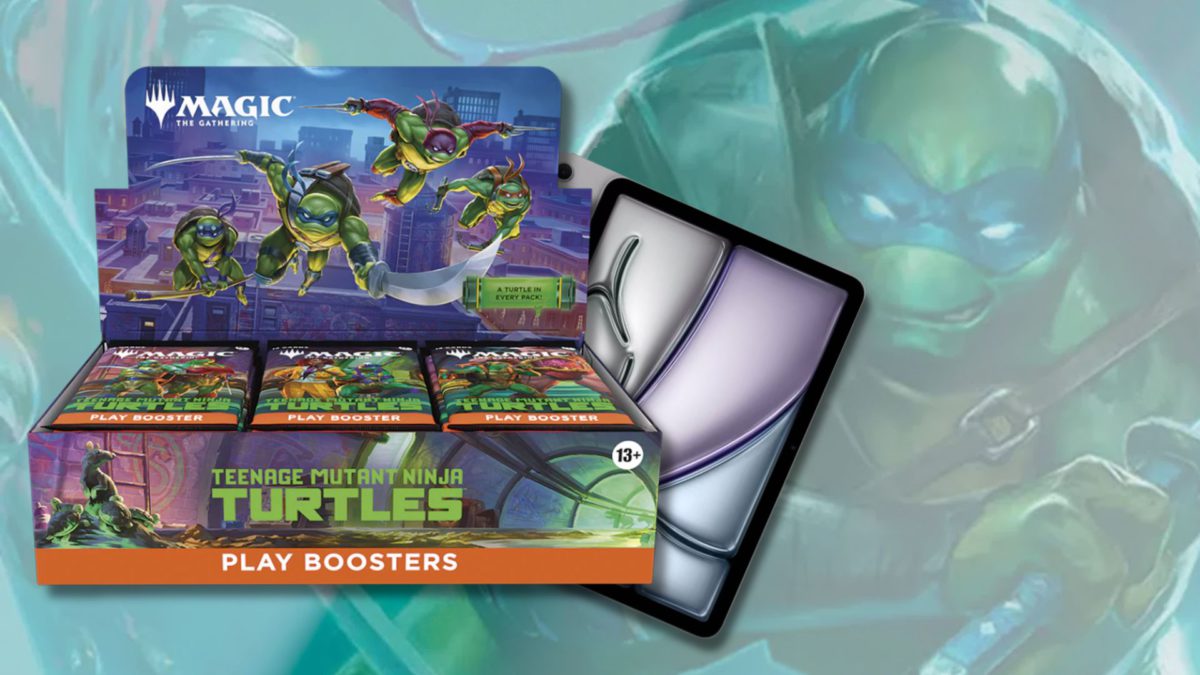
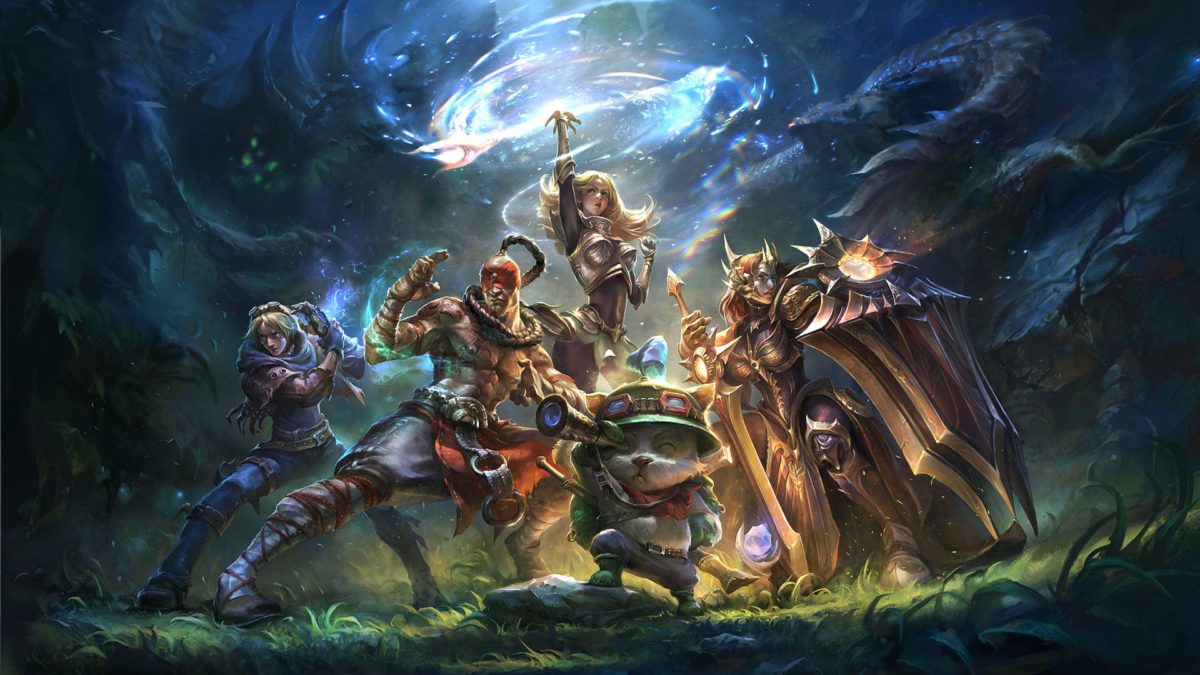

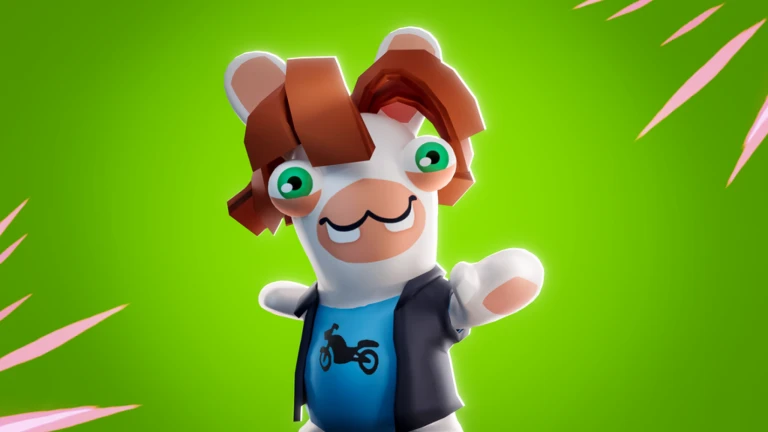


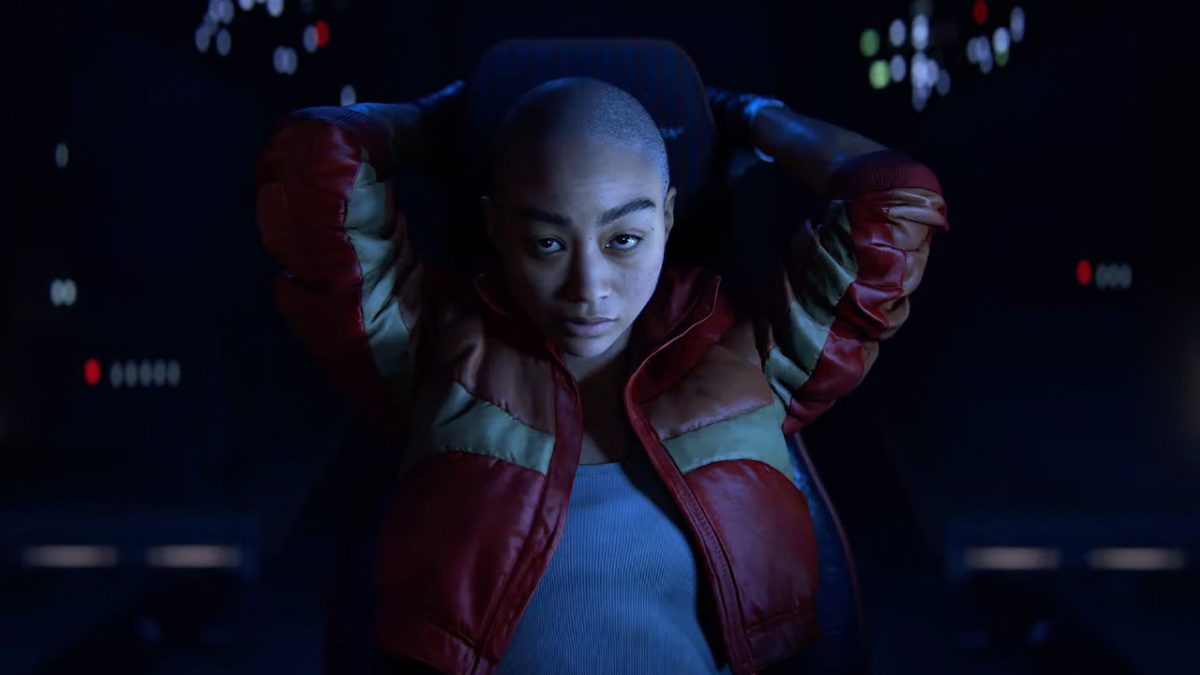

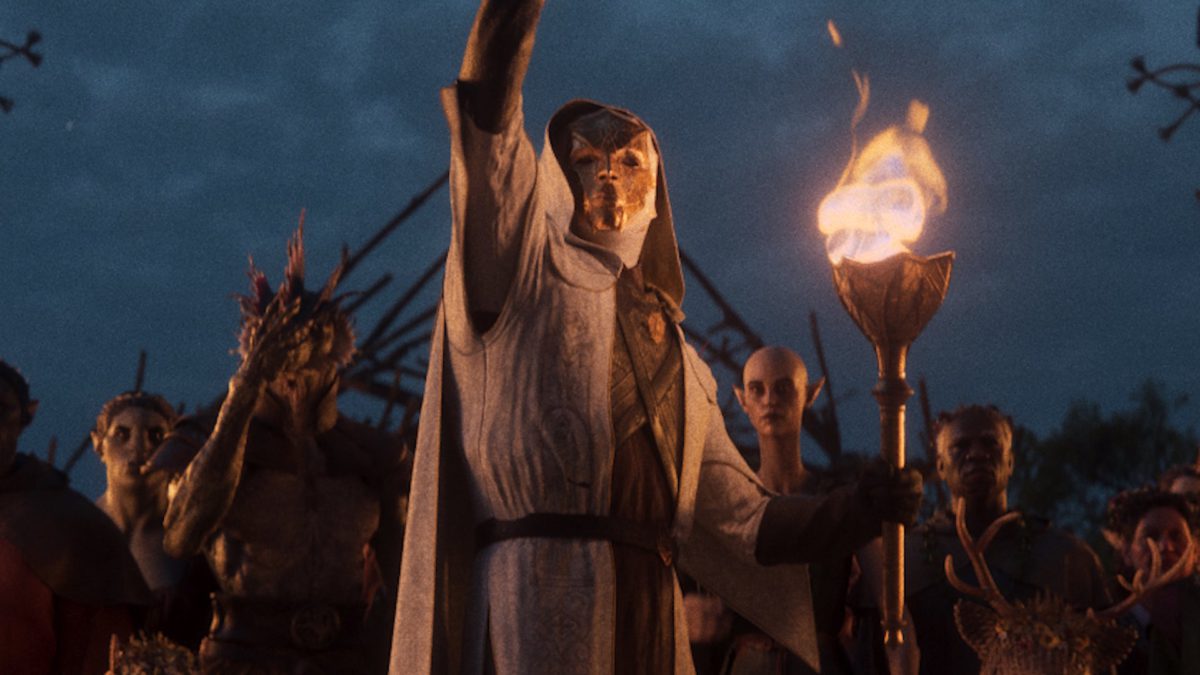












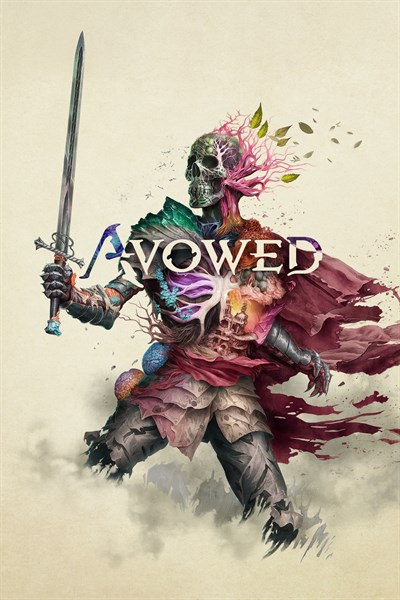

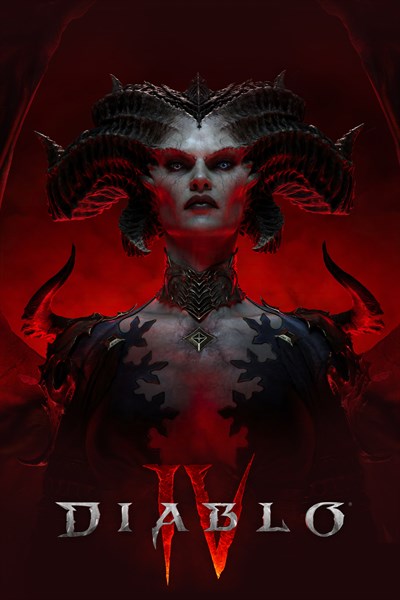


 Remastered modernizes the 2006 Game of the Year with all new stunning visuals and refined gameplay. Explore the vast landscape of Cyrodiil like never before and stop the forces of Oblivion from overtaking the land in one of the greatest RPGs ever from the award-winning Bethesda Game Studios.
Remastered modernizes the 2006 Game of the Year with all new stunning visuals and refined gameplay. Explore the vast landscape of Cyrodiil like never before and stop the forces of Oblivion from overtaking the land in one of the greatest RPGs ever from the award-winning Bethesda Game Studios.














